The World Health Organization was established by the United Nations in 1948 to address international issues of public health and the health of the world's population. Today it has 193 member states. WHO headquarters is in Geneva.
WHO develops plans, followed by research in the field of health, the establishment of norms and standards, and also monitors the situation in the field of health, assessing the dynamics of its changes. As a part of WHO, there are mainly member states of the UN system, but according to the Charter, non-UN states can also be accepted.
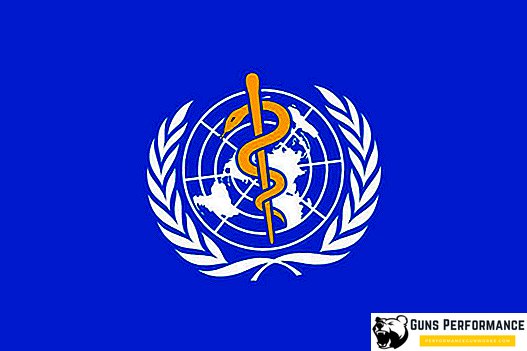
History of the World Health Organization
The first body that organized international cooperation in these matters was called the Constantinople High Health Council, which formed it in 1839. He had to control foreign ships in local ports and conduct anti-epidemic measures that would prevent the spread of cholera and plague. Later similar organizations created Morocco and Egypt.
In 1851, 12 countries, including Russia, took part in Paris at the I International Sanitary Conference. Following the meeting, it was decided to adopt the International Sanitary Convention, which would help determine the sea quarantine in the Mediterranean. However, the results were achieved only towards the end of the XIX century.
With the beginning of the 20th century, two more intergovernmental health organizations were founded, called the Pan American Sanitary Bureau and the Public European Hygiene Bureau. They mainly disseminated information on general medical issues (especially infectious diseases). In 1923, the International Organization for Health Organization at the League of Nations in Geneva began to function, and in 1946 in New York the International Conference on Health Protection decided to establish WHO. The charter of this organization was ratified in April 1948, and since that day, April 7th has become World Health Day.
WHO activities and its role in the world
The tasks that are in the spotlight and are solved by the organization include a lot. Among the most important are:
- Reducing the health, social, and economic burden of infectious diseases (for example, helping countries in the region of Southeast Asia);
- Conducting the fight against HIV / AIDS, tuberculosis and malaria (under the malaria eradication program), the elimination of smallpox in the world;
- Prevent and reduce the prevalence of illness, disability and early deaths caused by chronic non-communicable diseases, mental disorders, violence, injuries and visual impairment;
- Reducing morbidity and mortality and improving health during the most important stages of life, along with pregnancy, childbirth, the neonotal period, childhood and adolescence, as well as improving sexual and reproductive health and promoting an active and healthy lifestyle in old age to all people;
- Reducing the health consequences of emergencies, natural disasters, crises and conflicts and minimizing their social and economic impacts;
- Promoting health and development and preventing or reducing health risks associated with smoking, tobacco control, alcohol, drugs and other psychoactive substances, unhealthy diet, physical inactivity and unsafe sex;
- Impacts through policy interventions, WHO projects, and scientific programs that aim to enhance equitable health and focus on low-powered people, gender-sensitive, and rights-based approaches;
- Enhancing primary preventive measures and the impact on public policy management across all sectors to influence the main causes of health risks associated with the environment;
- Improving nutrition, food safety and food safety throughout life and maintaining public health and national health and sustainable development;
- Improving the performance of health services by improving WHO's leadership, funding, staffing, and management with reliable and accessible evidence and research findings.
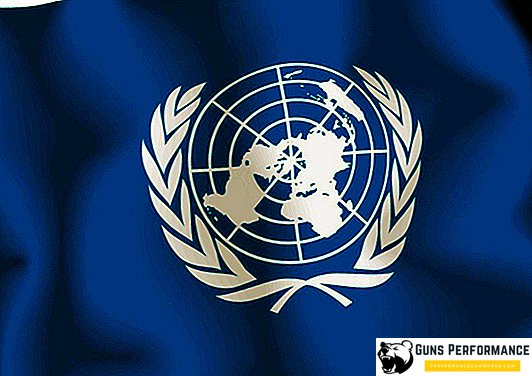
Main functions of the World Health Organization
To achieve its goals, WHO performs the following main functions:
- Providing leadership roles on issues that are critical to health, and building partnerships and collaboration in places where collective action will be required;
- Development of research agendas and stimulation of fees, development and dissemination of invaluable knowledge;
- Establishment of standards and standards, assistance in their observance and carrying out appropriate control;
- Linking ethical concepts with evidence-based policy development concepts;
- Providing technical equipment, activating change and building sustainable institutional capacities;
- Control over the circumstances in the field of health care and assessment of the dynamics of its changes.
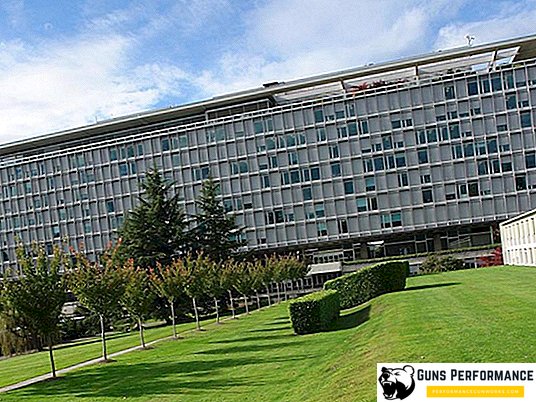

These core objectives and functions, as well as other global obligations, are dealt with in most of these subordinates to the WHO Director-General. In addition, health policy is reflected in the General Program of Work. Information on health care, basic information about the structure of work programs throughout the organization, budget, resources, publications of participating countries, programs and projects, guidelines and results can also be obtained there.
WHO program: key points
The World Health Organization operates in ever-increasing and rapidly changing circumstances. Public health activities do not have clear boundaries and concern many other sectors that influence potentials and outcomes in relation to health. To tackle the challenges facing the Organization, the WHO work program is used in six areas: two tasks in the health sector, two strategic needs and two operational approaches.
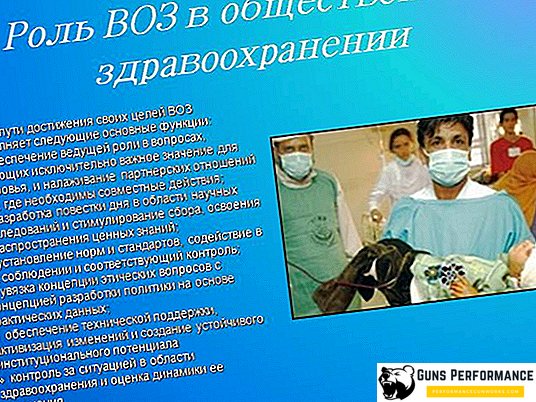
The program is:
- In promoting development;
- In strengthening health security;
- In strengthening health systems;
- In the use of the results of scientific research, information and factual information;
- In strengthening partnerships;
- In improving the outcome of activities.
WHO's governing bodies
The World Health Assembly is the supreme body of the World Health Organization that is responsible for making decisions. Its annual sessions, in which most delegations from all member states of the organization participate, are held, as a rule, in Geneva, Switzerland. The Health Assembly performs the definition of general policy directions in the activities of the World Health Organization. The Health Assembly appoints the Director-General, who oversees the financial policies of the Organization, as well as reviews and approves draft program budgets. In addition, it reviews reports issued by the Executive Board.
There are 34 members in the executive committee, these are technically qualified health professionals elected for a three-year term. At the main session of the Committee held in January, the agenda is agreed upon before the forthcoming session of the Health Assembly, and the adoption of resolutions for the Assembly. Whereas at another, shorter session, held in May, they deal with issues related to administration. The main functions of the Committee are the implementation of decisions and policies adopted by the Assembly, the provision of consultative assistance and the general support of its activities.
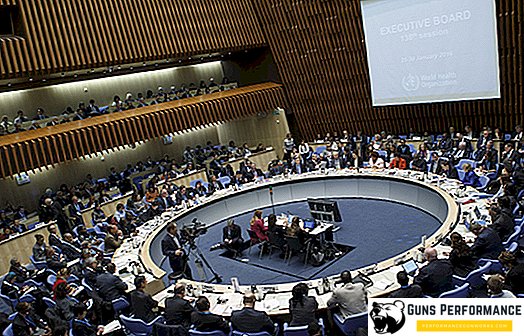
The Secretariat of the World Health Organization has approximately 8,000 experts not only from the health sector, but also from other fields. In addition, it includes other staff working with fixed-term contracts at headquarters, all the regional directors of the WHO regional office and some other states. The organization is headed by a Director General appointed by the Assembly and represented by the Executive Committee.
Only the presence of an activity - active, constructive and consistent for the benefit of all mankind - can help all people to remain always in health and happiness. This is the doctrine of the World Health Organization, which can be understandable and accessible to everyone. In order to realize all the tasks assigned to the Organization, it will take joint efforts that all governments and all peoples can make.












